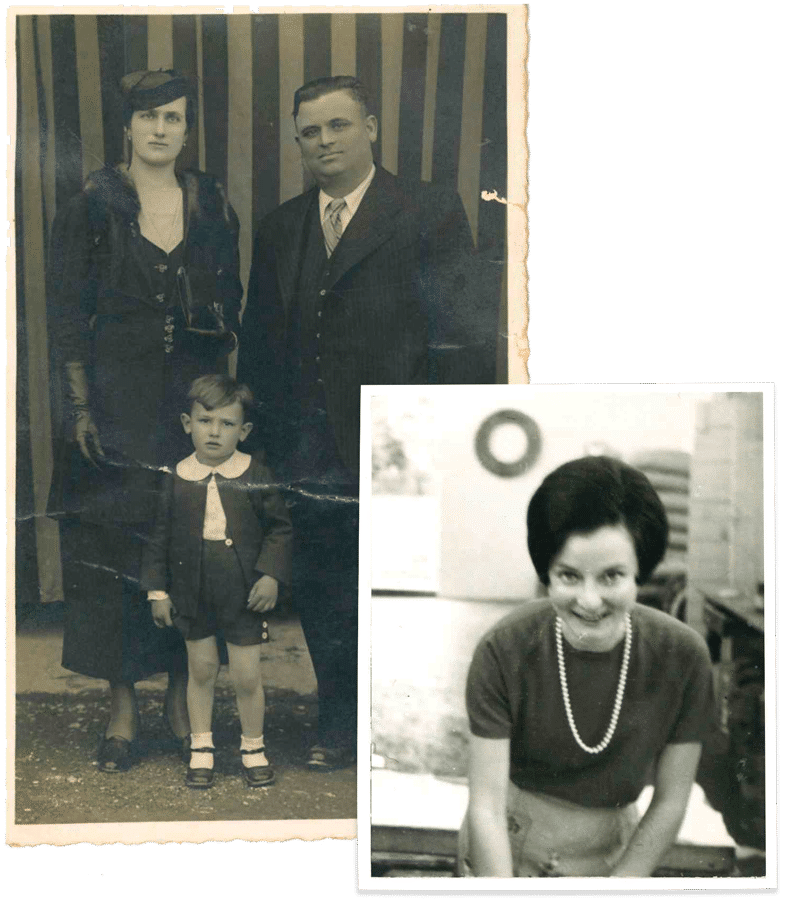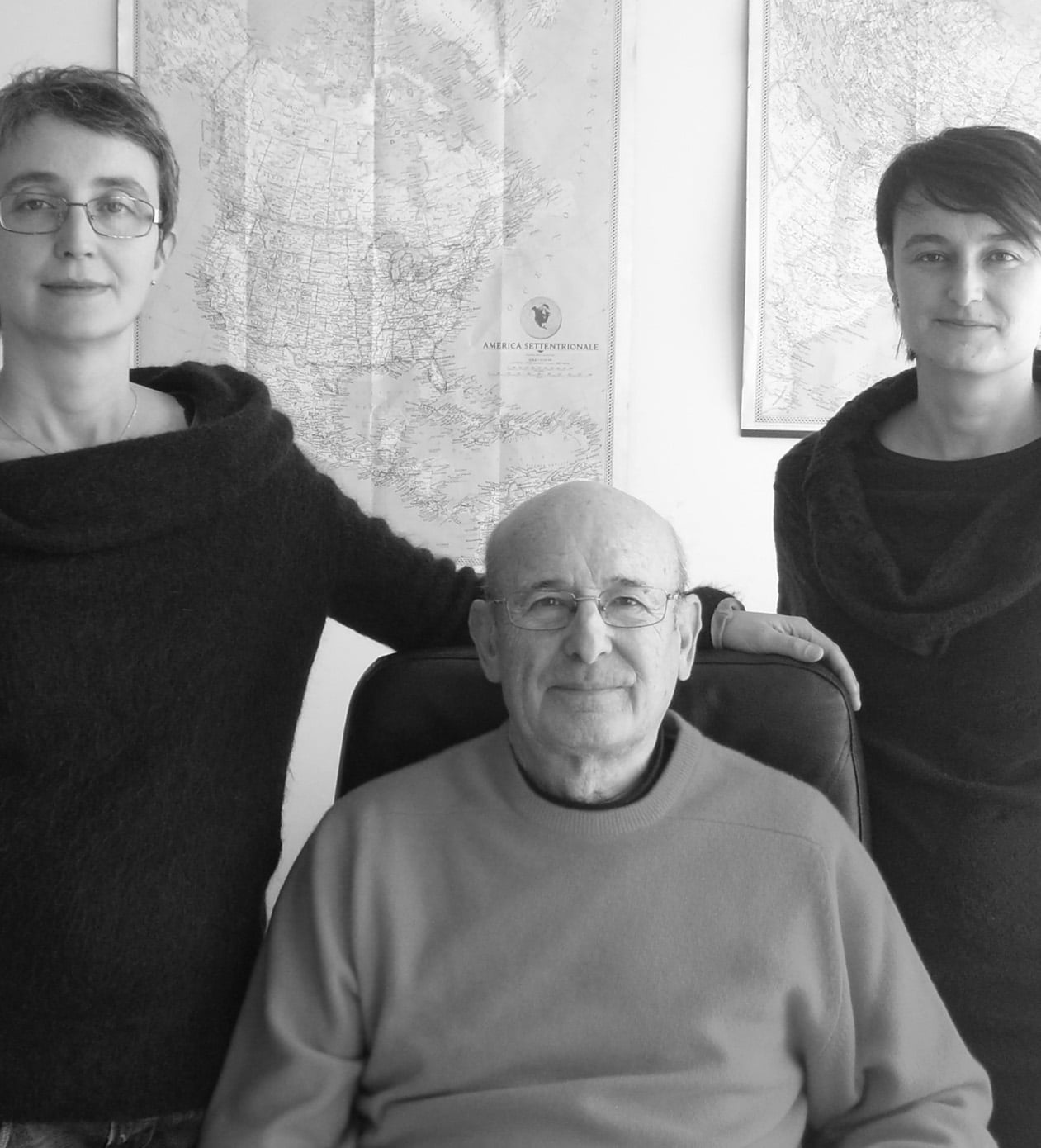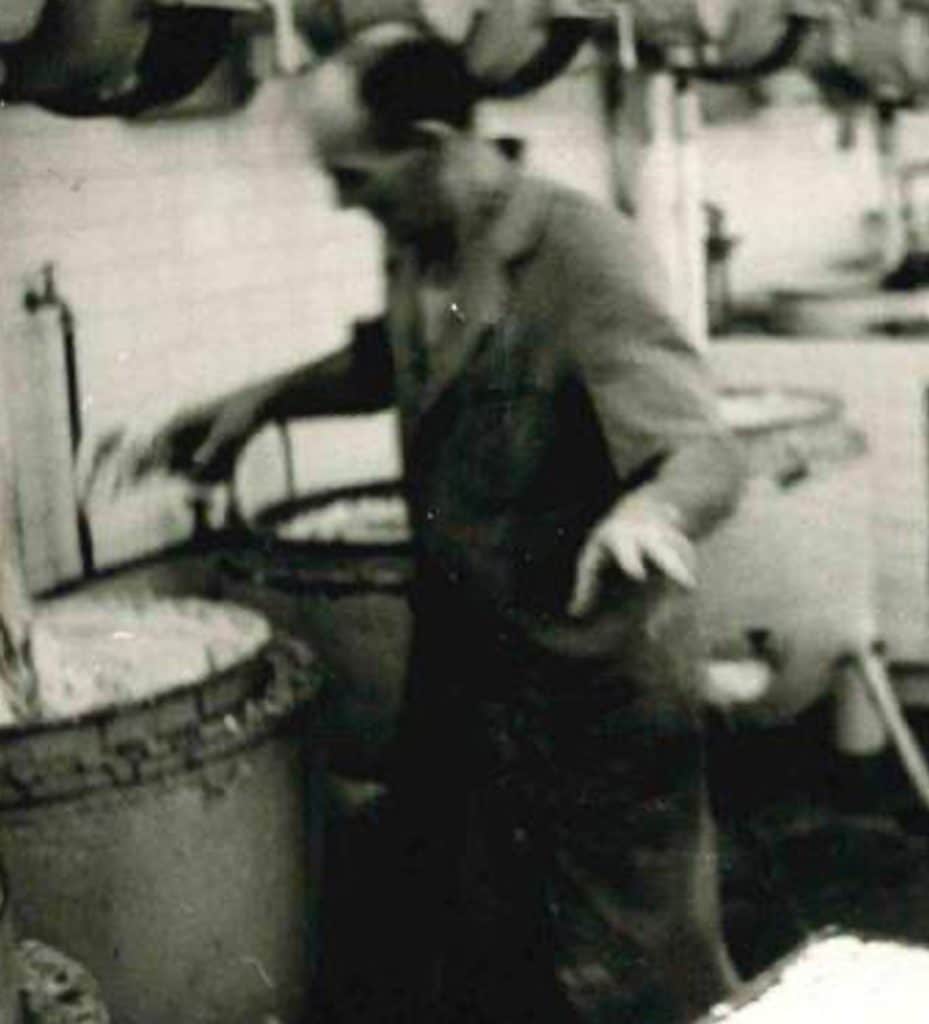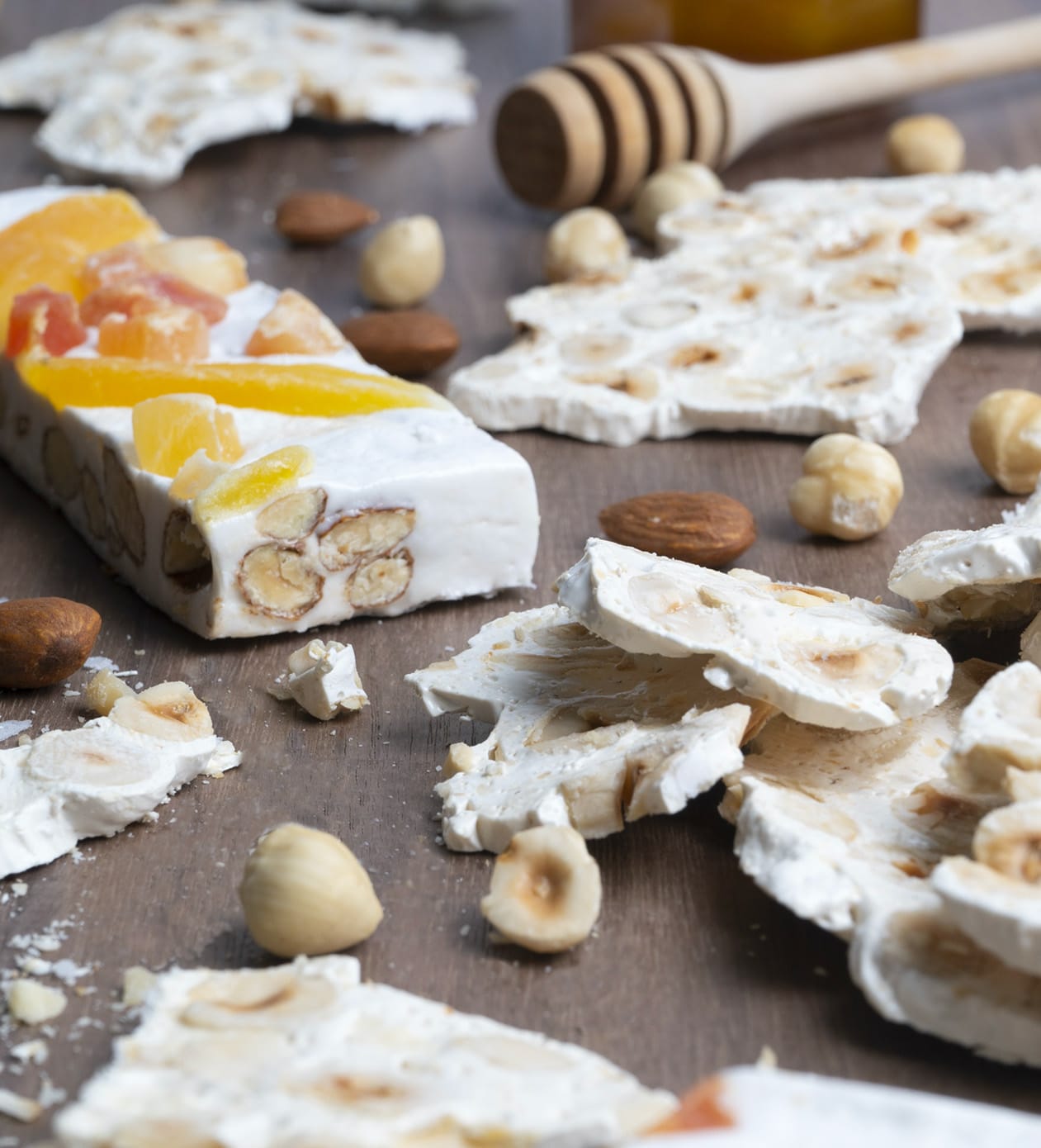The history of Dolcital nougat starts during the First World War, when the Sgambaros brothers joined the army.
During the war, one of them, employed in the military kitchens, learned different cooking techniques.
When he returned from the war, together with his four brothers, he decided not to continue the work of his father, who was a clog maker, and began to produce ice cream in a small garage in the center of San Martino di Lupari.
But ice cream is a summer product.
They needed to find out a solution to work even during winter time.
Soon they got an idea: to make nougat.






Copper pots where to cook, a ladle to mix the dough, some wooden molds where to stir the nougat, sharped knives to cut it and a handcart to sale it in the country fairs.
Over the years, the business grew and the equipment was renewed.
Motors were installed on special copper (called torroniere) to reduce manual work: this step will be decisive for the increase of the production.
From that moment the growth of the company began.
In the first 40s’, only two of the brothers, Arciso and Fidelio, remained to manage the confectionery production.
Arciso specialized in the production of ice cream, while Fidelio in the nougat one. And so, they continued until the arrival in the company of Fiorenzo, Fidelio's son. He went to school, worked as an apprentice in the family shop, and immediately demonstrated good skills in the management of the torroniere, as well as an innate passion for mechanics.
Fiorenzo grew and the company grew with him: the space in the center of San Martino di Lupari was not enough anymore.
In 1970 Dolcital moved to its current location in via Passo del Carro where Fiorenzo built his family house where he lived with his wife Rita and their three children: Flavio, Anna and Luisa.
Living near the factory, since babies, they familiarized with the recipes and equipment and easily learned all the nougat production secrets.
Today Luisa and Anna – after 97 years and 3 generations – lead the company.
An all-female direction that over the years has been able to remain faithful to the initial vocation of their father Fiorenzo: making excellent nougat with natural ingredients and lot of passion.







Fiorenzo was more than a simple company owner.
He used to spend whole days working on recipes and testing the different dosages of the ingredients.
Tasting one of his nougats means starting a journey through his experiments and his knowledges.
While studying a new nougat recipe, he used to work on the development of the machine necessary to produce it.
In this way, products and equipment were born together, not reproducible by competitors.
He wasn’t focused on the profit, he didn’t want to get a successful luxury life.
He cared about the company, about the nougat products and the costumers’ needs.
His creations have been as crystalline as the man he was.
97 years were necessary to develop the products that the company is able to offer on the market today.
This is the “narrative cooking time” of Dolcital.
Long and slow as the cooking time of the nougat dough, that reaches the right consistency only thanks to an indirect steam heating process.
After at least 6 hours the nougat dough is whipped and the sugar cloud is ready to be collected.
For some products, the heating lasts even 13 hours.
Time is the key for the perfect sweetness.







Honey, almonds, hazelnuts, coffee, fruits, chocolate.
Fruity hints, notes of marzipan, the aroma of the dark chocolate, roasted nuts.
They are disciplined flavours: not cloying, but balanced.
While the nougat melts in your mouth, you identify Dolcital taste.
Different products, different recipes, different flavours: the fruit nougats are fresher, the almond ones are bitterer, the chocolate covered ones are tempting.
But it is the transversality of the honey that dominates in all the products with his intense aromatic persistence.